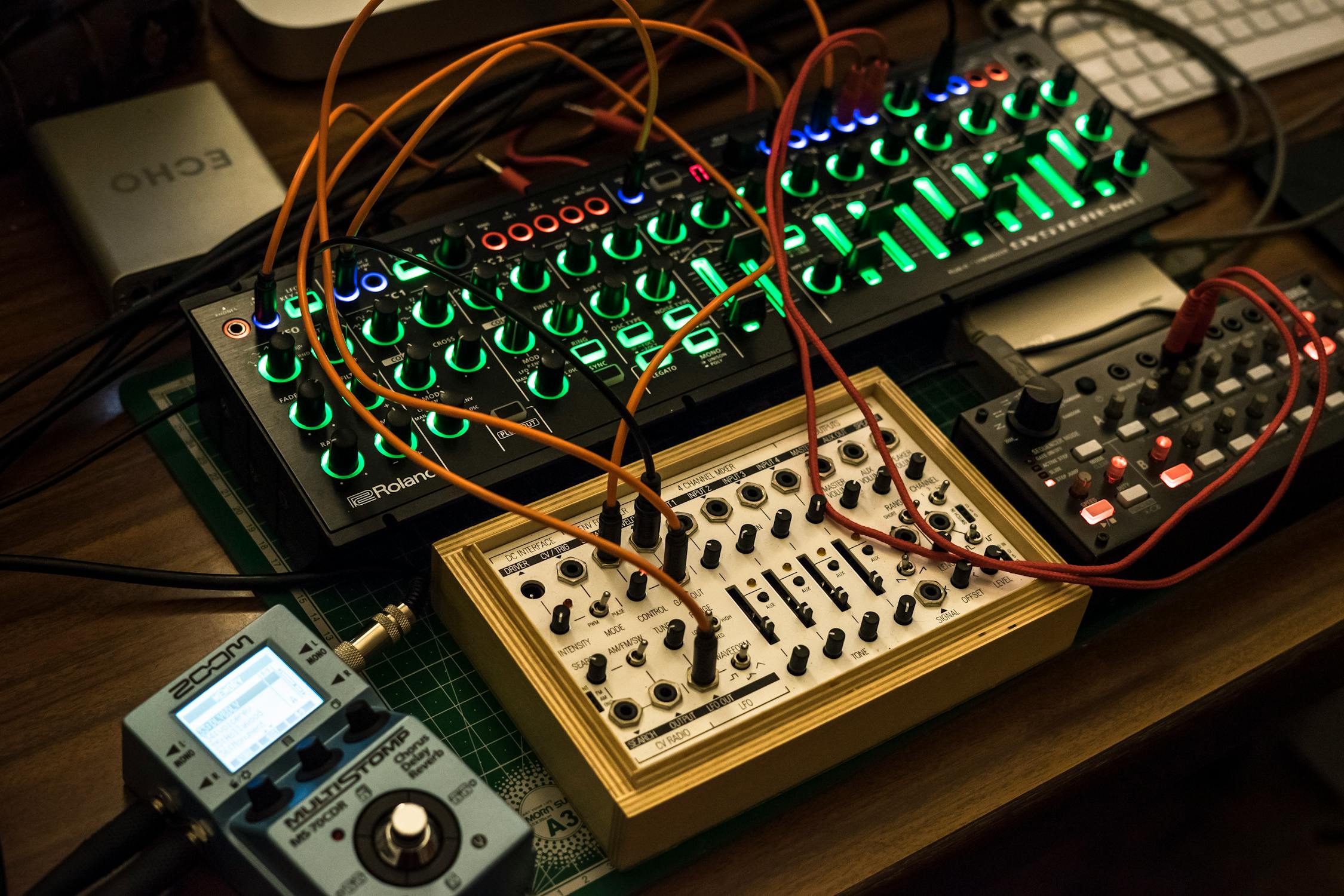Picture this: you’re sitting in your studio, lights dimmed to a soft glow, synths humming in anticipation. You reach for a chord, your fingers land on something unexpected, and suddenly - you’re transported. That’s the magic of improvisation. It’s not just a technique; it’s a mindset, a way of embracing the unknown and letting the music unfold naturally.

The Controlled Chaos of Sound
Ambient music isn’t about rigid structures or predictable patterns. It thrives in the space between intention and accident. Sure, you could map everything out meticulously, but where’s the fun in that? Improvisation introduces happy accidents—those moments where a filter sweep goes rogue or an arpeggiator takes an unexpected turn. These little surprises are often what give a track its soul.
Feeling Over Formula
Improvisation forces you to trust your instincts rather than rely on a formula. When you remove the pressure of “getting it right,” you open up the space for creativity to flow. Ambient music, by its very nature, is about capturing a mood rather than constructing a perfect melody. Sometimes, the best way to convey emotion is to let the sound guide you rather than the other way around.
Hardware Heaven
If you’re a DAWless jammer (like a certain Abducted Android we know), improvisation is practically built into your workflow. Hardware synths, grooveboxes, and effect pedals beg to be tweaked live, creating ever-evolving textures that would be difficult to replicate in a static composition. The beauty of it? No two performances are ever exactly the same.
The ‘Oops’ Factor
Some of the best ambient moments come from mistakes. A note lands off-grid, a delay feedbacks into infinity, a reverb swell turns into a black hole of sound—and suddenly, you have a moment that feels alive. Instead of fighting these moments, lean into them. They might just be the secret ingredient your track was missing.
A Conversation with Your Synths
Improvisation isn’t just about randomly pressing keys and hoping for the best. It’s a dialogue between you and your instruments. You nudge a filter, it responds. You add some modulation, and the whole atmosphere shifts. This back-and-forth interaction keeps things organic and makes playing music feel more like an exploration rather than a chore.
Let the Music Breathe
Sometimes, the best decision is to do... nothing. Letting a drone linger, allowing space between notes, and resisting the urge to overplay can be just as powerful as a complex chord progression. Improvisation teaches you when to step back and let the music breathe. In ambient music, silence is just as important as sound.
Final Thoughts
So, next time you sit down to create, resist the urge to control everything. Let go, trust the process, and see where the sound takes you. Who knows? That one ‘wrong’ note might just be the start of your next masterpiece. Happy jamming!